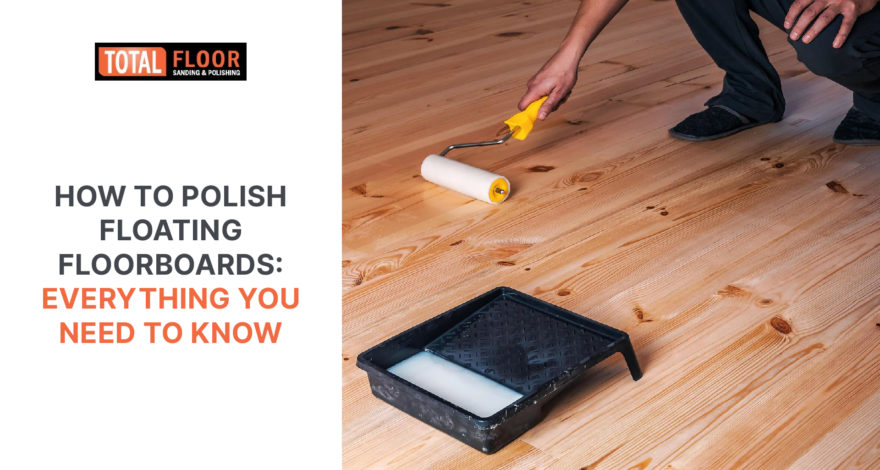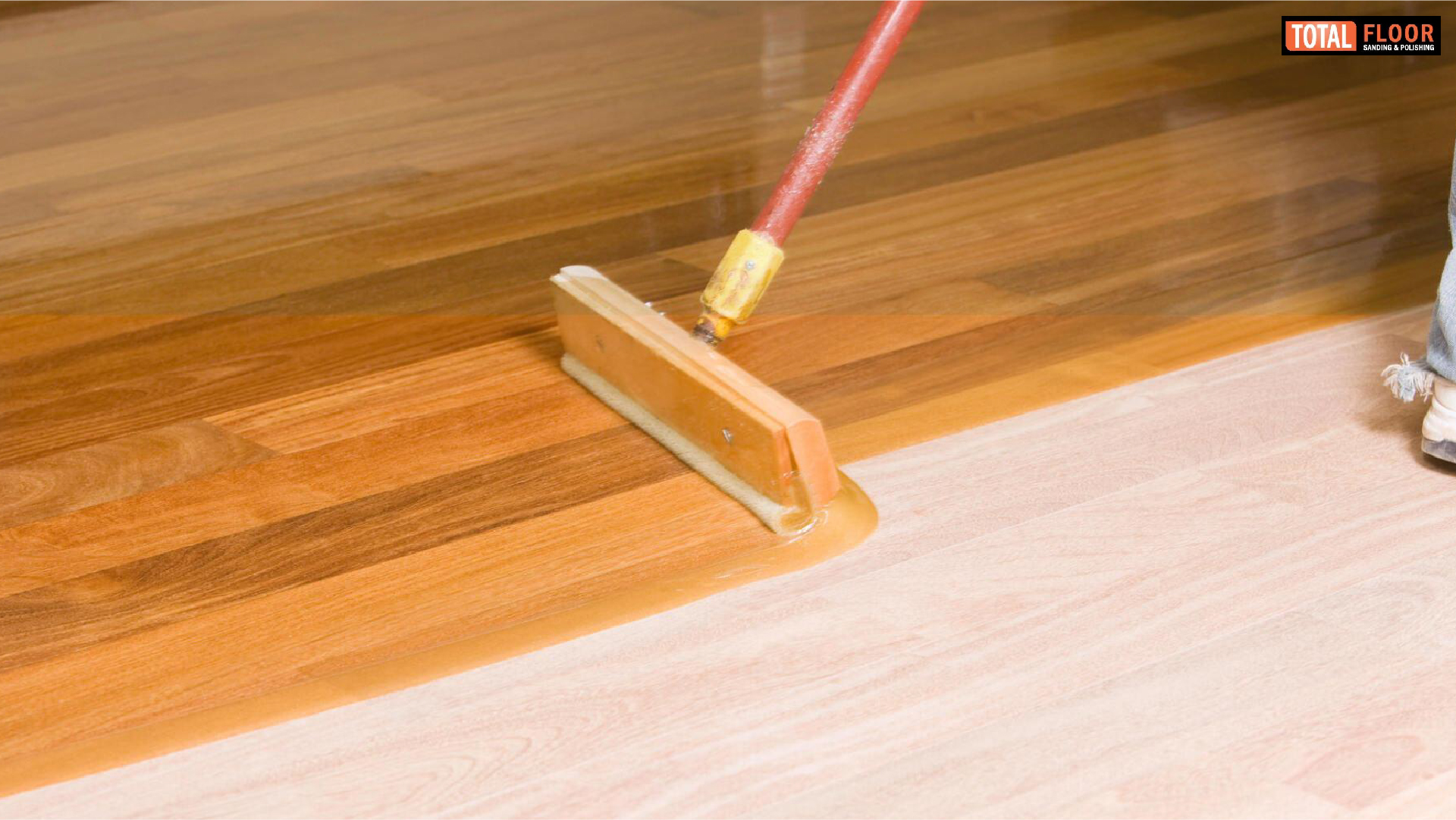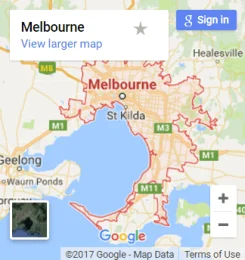Welcome to the world of home maintenance, where keeping your floating floorboards polished and pristine can transform your living space. Floating floorboards have become increasingly popular for their aesthetic appeal and ease of installation. However, like any good thing, they require a bit of TLC to keep them looking their best. Whether you’ve just had them installed or you’re looking to refresh the ones you’ve had for years, polishing floating floorboards can seem daunting.
But fear not! This guide is designed to walk you through everything you need to know about polish floorboard Melbourne, from the preparation phase to the finishing touches. With our tips and recommendations, you’ll master the art of maintaining those wooden floors for a brilliant and well-maintained look that will catch the eye of every visitor. Ready to dive in? Let’s get those floorboards shining!
Understanding Floating Floorboards
What are Floating Floorboards?
Floating floorboards are a popular choice for homeowners seeking a stylish and practical flooring option. Unlike traditional flooring that is nailed or glued down, floating floors are laid over a subfloor or existing floor without being directly attached. This innovative design consists of planks that interlock or click together, creating a smooth, cohesive surface that “floats” above the base.
This type of flooring comes in various materials, including laminate, engineered wood, and luxury vinyl, each offering unique aesthetic and functional benefits. Its versatility and ease of installation make floating floorboards an attractive option for DIY enthusiasts and professionals alike.
Importance of Polishing Floating Floorboards
Polishing floating floorboards is a crucial aspect of their maintenance that goes beyond mere aesthetics. Regular polishing not only helps retain the shine and beauty of your floors but also contributes significantly to their durability and longevity. Let’s delve deeper into why polishing should be an integral part of your floor maintenance schedule.
Benefits of Regular Polishing
– Aesthetics: First and foremost, polishing keeps your floating floors looking new and vibrant. It enhances the wood’s natural colour and grain, giving your space a refreshed and elegant look.
– Protection: Polishing acts as a protective layer, shielding the floor from spills, stains, and minor abrasions. It makes cleaning up messes much easier, as liquids tend to sit on the polish rather than seeping into the wood.
– Moisture resistance: Regular polishing helps to enhance the floor’s resistance to moisture. This is particularly important in areas prone to spills or high humidity, as moisture can cause wood to warp or swell.
– Cost-effectiveness: By maintaining the integrity and appearance of your floating floors through regular polishing, you can avoid the need for expensive repairs or replacements in the long run.
Impact on Longevity
The longevity of your floating floorboards can be significantly extended with careful and regular maintenance, including polishing. Polishing not only provides a layer of protection against wear and tear but also helps to preserve the integrity of the locking system by minimising the friction that can cause edges to wear down or chip.
Over time, floors that are regularly polished are less likely to develop gaps, creaks, or uneven surfaces – common issues that can lead to costly repairs. The protective layer added by the polish aids in resisting environmental factors such as UV light exposure and foot traffic, which can deteriorate the floor’s appearance and structure over time.
Integrating polishing into your floor maintenance regimen is an invaluable practice that not only enhances the beauty of your floating floorboards but also plays a pivotal role in safeguarding their longevity and functionality. By understanding the composition of these floors and recognising the importance of regular polishing, you are taking a crucial step towards preserving the elegance and resilience of your flooring investment.
Tools and Equipment Needed for Polishing
Polishing floating floorboards is not just about elbow grease; it’s about having the right arsenal at your disposal. This section will help you gather all the necessary tools and products to make your floorboards shine.
Required Tools
To start, you’ll need a few basic tools. Ensure you have the following
– A soft broom or vacuum cleaner for initial cleaning.
– Microfiber cloths or mops, which are gentle on the floor’s surface.
– A dedicated floor polisher or a buffer. While not strictly necessary, these machines can save a lot of time and effort.
– Sandpaper or a sanding block if your floors are particularly scuffed and you’re planning a more comprehensive restoration.
Make sure these tools are at hand before you begin, as they will make the process smoother and more effective.
Recommended Products
When it comes to selecting polishing products, it’s crucial to choose ones that are compatible with your specific type of floating floorboards. Here are a few recommendations
– A gentle, pH-neutral floor cleaner to prep the boards without damaging them.
– Water-based floor polish is advisable for most floating floorboards, as it’s less harsh than solvent-based alternatives.
– For those wishing to bring out the natural beauty of their wooden floors, natural oil or wax-based polishes are a great choice, keeping in mind that they require a bit more effort to apply.
Always test any new product on a small, inconspicuous area of your floor to ensure it doesn’t cause damage or discoloration.
Step-by-Step Guide to Polishing Floating Floorboards
Now that you have all your tools and products ready let’s dive into the step-by-step process of polishing those floating floorboards to perfection.
Preparing the Floor
First things first, preparation is key. Start by removing all furniture and rugs from the room. Sweep or vacuum the floor thoroughly to remove any dust, dirt, and debris. For stains or sticky spots, use a damp cloth and a gentle cleaner to spot-clean the affected areas. Make sure the floor is completely dry before moving on to the next steps.
Sanding Techniques
If your floorboards are noticeably scratched or worn, a light sanding might be necessary. Use a fine-grit sandpaper or a sanding block to gently buff away imperfections. Remember, the goal is to smooth the surface, not remove it. Always sand in the direction of the wood grain to avoid scratches. Vacuum up the dust meticulously before proceeding.
Applying Polish
Finally, it’s time to polish. Begin by applying your selected polish according to the polish floorboard Melbourne manufacturer’s instructions — typically, this involves dispensing a small amount onto the floor or directly onto a microfiber cloth or mop.
Spread the polish evenly over the floor, working in small sections and always following the grain of the wood. Avoid walking on the floor until the polish has fully dried, which can take anywhere from a few hours to overnight.
Following these detailed steps will leave your floating floorboards looking refreshed, protected, and gleaming. Remember, regular maintenance and gentle cleaning are the best ways to keep your floors looking their best for years to come.
Tips for Maintaining Polished Floating Floors
Once you’ve polished your floating floorboards to perfection, maintaining that lustre and shine isn’t just a wish—it’s entirely possible with the right care and consideration. With these maintenance tips, you’ll keep your floors looking as gleaming as the day they were polished.
Cleaning Dos and Don’ts
First and foremost, regular cleaning is essential to maintaining the polish on your floor. However, how you clean can make a big difference. Here are some dos and don’ts
– Do use a microfiber mop or cloth when cleaning. Microfiber is gentle on floors and won’t scratch the surface.
– Do clean up spills immediately. Lingering moisture can damage the polish and seep into the cracks of floating floors, causing them to swell.
– Don’t use excessive water. Floating floors do not react well to large amounts of water, which can cause warping or delamination.
– Don’t use abrasive cleaners or scrubbers. Harsh chemicals and rough cleaning tools can strip away the polish and even scratch the surface of your floorboards.
Preventive Maintenance Practices
In addition to regular cleaning, there are several preventive steps you can take to maintain the shine of your floating floorboards.
– Place protective pads under furniture legs to prevent scratches and scuffs.
– Consider using rugs or mats in high-traffic areas to minimise wear and tear.
– Keep your pets’ nails trimmed to avoid accidental scratching.
– Control sunlight exposure through blinds or curtains, as prolonged exposure can fade and even damage the floor’s finish over time.
Common Mistakes to Avoid When Polishing
When it’s time to re-polish your floating floorboards, steering clear of some common blunders can save your floors from damage and ensure their longevity. Let’s delve into some of these pitfalls.
Over-Polishing
It’s natural to want to keep your floors looking their best all the time, but over-polishing can actually be counterproductive.
– Polishing too frequently can lead to a build-up of the polished product, which can create a cloudy, uneven appearance.
– It is generally recommended to polish your floating floors only once or twice a year, depending on the level of foot traffic and the manufacturer’s recommendations.
– Always remove old polish layers before applying new polish to prevent build-up and ensure an even finish.
Using Incorrect Products
Selecting the right products for your floating floorboards is crucial—not all floor polishes are suitable for all types of floors.
– Always check the product labels and ensure that the polish is compatible with your specific type of floating floor material. Some polishes are formulated exclusively for certain types of wood or finishes.
– Avoid products containing wax, silicone, or acrylics unless specified by the manufacturer, as they can dull or damage the finish over time.
– When in doubt, conduct a spot test in an inconspicuous area to ensure the polish does not react negatively with your flooring.
By avoiding these common mistakes and adhering to a routine maintenance schedule, you can keep your floating floorboards gleaming and in magnificent condition for years to come.
Final Thoughts
Maintaining the lustre of your floating floorboards doesn’t have to be a Herculean task. With the right approach, products, and a bit of elbow grease, you can ensure they remain as dazzling as the day they were installed. Just remember, the key lies in choosing the correct cleaning solution, employing a gentle polishing method, and adhering to a regular maintenance schedule.
– Always read the manufacturer’s instructions to avoid causing any damage.
– Opt for pH-neutral cleaners specifically designed for wooden floors.
– Incorporate soft cleaning tools like microfiber mops to preserve the integrity of your floors.
– Set a routine for cleaning and occasional polish floorboard Melbourne services to keep the floors in top-notch condition.
Last but not the least, Total Floor Sanding And Polishing has got your back in providing the right guidance regarding polishing the floating floorboards. By following these tips and integrating them into your polishing regime, you’re not just caring for your floors; you’re also enhancing the overall ambience of your space. Whether it’s the warm, inviting look of a well-maintained floor that welcomes guests or the satisfaction of seeing your reflection in its polish, the effort you put into caring for your floating floorboards is always worth it in the end.



